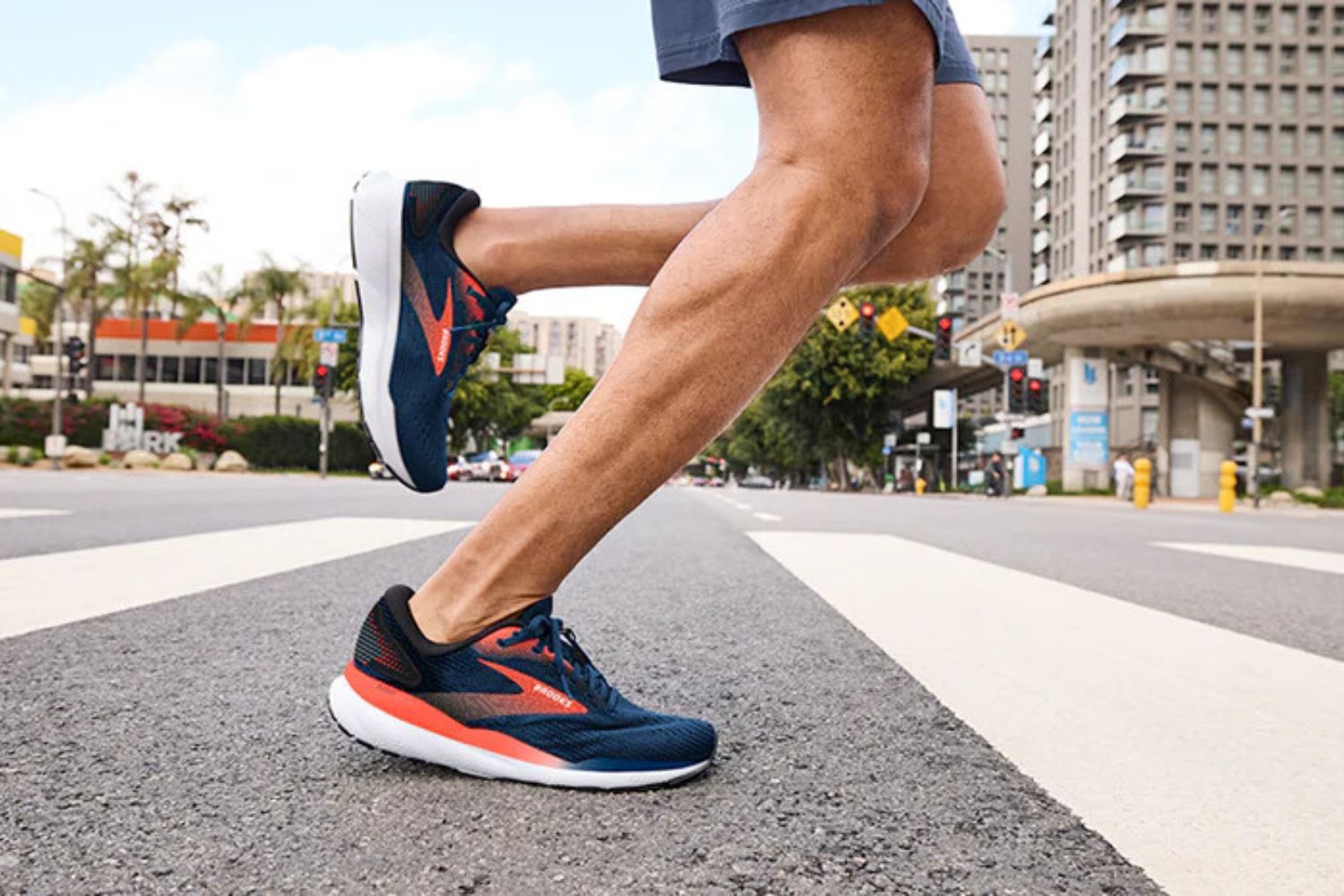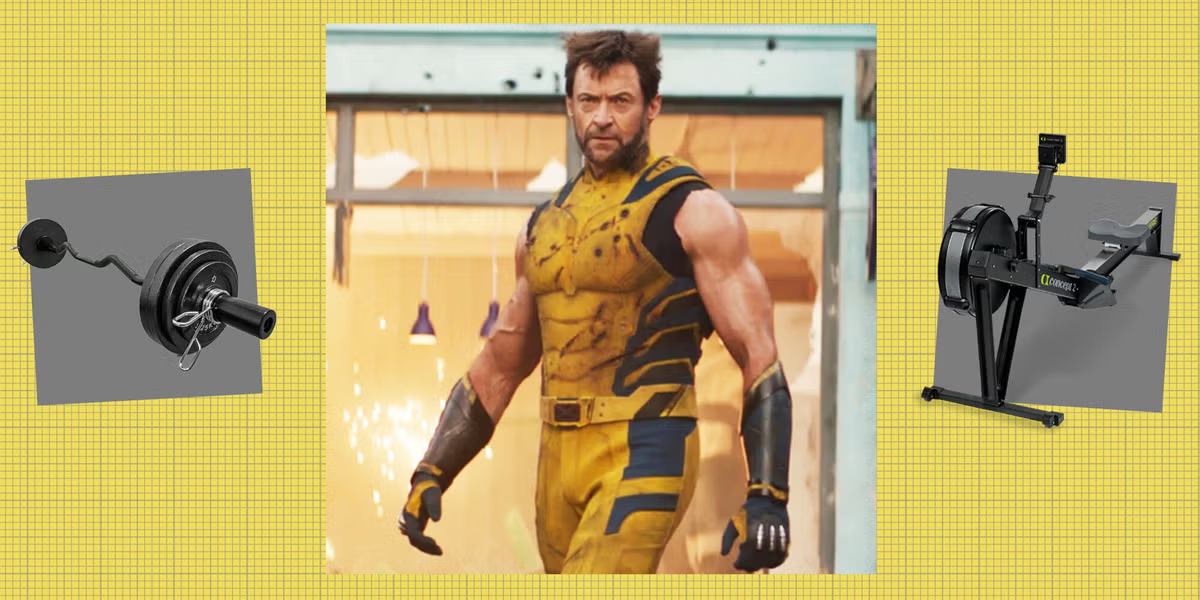WE MAY VERY WELL live in an age where running shoes have never been flashier. Maximalist designs, ludicrous stack heights and feels so bouncy they can make you think Olympic high jump might be worth a crack are everywhere you look, but at the end of the day, everyone needs something to log most of their kilometres in, a reliable daily trainer. Showy supershoes will get the job done on race day, but it’s the pair you take on your daily jog that put in the hard yards to help you reach your peak.
As far as daily trainers go, they don’t come much better – or more popular – than a Brooks Ghost. Since launching in 2008, the Ghost has been one of the most popular shoes in the market while being steadily improved upon with every passing year. The first Ghost was released when stripped-back minimalism was all the rage. Brooks didn’t buy into the hype though, and now that carbon plates and thick midsoles are in vogue, the Ghost’s tried and tested (excuse the titular repetition) design has remained constant.
That’s the kind of consistency that appeals to a runner like me, at this stage in my running journey. Admittedly, I’ve been spending a little too much time in hyper-responsive but minimally supportive super shoes, and a recent bout with patella tendinitis (runner’s knee) has left me searching for stability. The Ghost 16 then, represents a potential anchor to steady my ship – not that I’m game enough to compare my running prowess to a seagoing vessel, the metaphor just seems appropriate. Suffice to say, I was keen to see what the Ghost 16 had to offer.

The look
While the Ghost 16 comes in six colourways, they’re all fairly tame by modern standards, which might be my biggest mark against the shoe. I got my hands on a black and grey pair with a few subtle lime accents. While there’s nothing wrong with the palette, it’s slightly too safe for my taste – I like my shoes striking, able to immediately tell people that I take running seriously.
It’s understandable though, the Ghost line is a bestseller and most people don’t want garish neon colour schemes and bold highlights that would look more fitting on an F1 car than a running shoe. So, if subtlety is to your taste, the Ghost 16 will be right up your alley.

The specs
As far as daily trainers go, the Ghost 16 follows the traditional design mold to a T. It has an engineered mesh upper and a decently thick (but not too thick) midsole, which is the most noticeable update from previous Ghost models. The new-look midsole is made of nitrogen-infused DNA LOFT v3 foam, offering superior cushioning, comfort and a lightweight feel. The midsole also has a segmented crash pad for a smoother heel-to-toe-to-takeoff transition.
The Ghost 16 has a neutral support level, meaning it has more support in the heel than the forefoot, and an upper that conforms to your foot shape. It also has a relatively high heel-to-toe drop at 12mm. Not that its sturdy frame suggests it, but the shoe is only 269 grams, refreshingly light for a daily trainer. Underfoot, the Ghost 16 is adorned with Brooks’ proprietary RoadTack rubber outsole, ensuring minimal slips and maximum stability.
The test
The whole point of a daily trainer like the Ghost 16 is that it can handle just about everything you throw at it. If it holds true on its promises, the Ghost 16 should perform equally well on a variety of surfaces, through a variety of conditions, and over a variety of distances. That being said, many daily trainers make the mistake of prioritising road running because it’s the most common terrain. At first glance, it doesn’t appear that the Ghost 16 makes that mistake, with the RoadTack outsole conferring a sense of ruggedness and an ability to tackle any trail.
It’s for that reason that I select the Malabar Headland track in Sydney’s south-east as the site of my test. The coastline-hugging track is a 6km circuit loop and features a mixture of rocky, sandy, muddy and paved surfaces, along with steep, sudden rises and winding declines.
I was initially apprehensive of the Ghost 16’s high-stack heel, which suggests a higher level of responsiveness than support (not what I was looking for with my recent injury woes). As it turns out, the Ghost 16 is plenty responsive, but its heel and DNA LOFT v3 midsole offer more stability than bounce. My knees were thanking me.
That’s not to say the Ghost 16 doesn’t provide enough propulsive forward momentum. We often see rocker profiles, carbon plates and foam-assisted bounce serve as the proponents for this momentum and while the Ghost doesn’t have any of these, it does feel like it has enough in its design to make it work regardless – it seems to want to move in the same direction as me, which is a plus.
When trying out a new shoe for the first time, there are usually some teething issues. You need to get used to the fit and differing levels of responsiveness need to be adapted to, not to mention that the shoe itself needs to adjust to the unique form of your foot. But with the Ghost 16, I don’t notice any of that. Almost immediately, the shoe feels like I’ve been wearing it for years and fades out of my attention as I focus on the run. Perhaps that’s why it’s called the Ghost.
Ultimately, the Ghost 16 does its job with no complaints and helps me complete my run in a slightly faster than average time (24 seconds faster, to be precise. Nothing to brag on Strava about, but an uptick nonetheless.)
The verdict
With or without my test, it should be common knowledge that the Ghost 16 is a pretty good shoe. You’ll see enough of the Ghost 16 and its predecessors around town to tell you that much. To me, the Ghost 16 proves that you don’t need all the flashy accoutrements and exaggerated features of a super shoe to run at your best. If you’re simply looking for a regular old daily trainer to log the majority of your kilometres in, the Brooks Ghost 16 is among the best you can find.
To find out more about the Brooks Ghost 16, click here.

Related:















